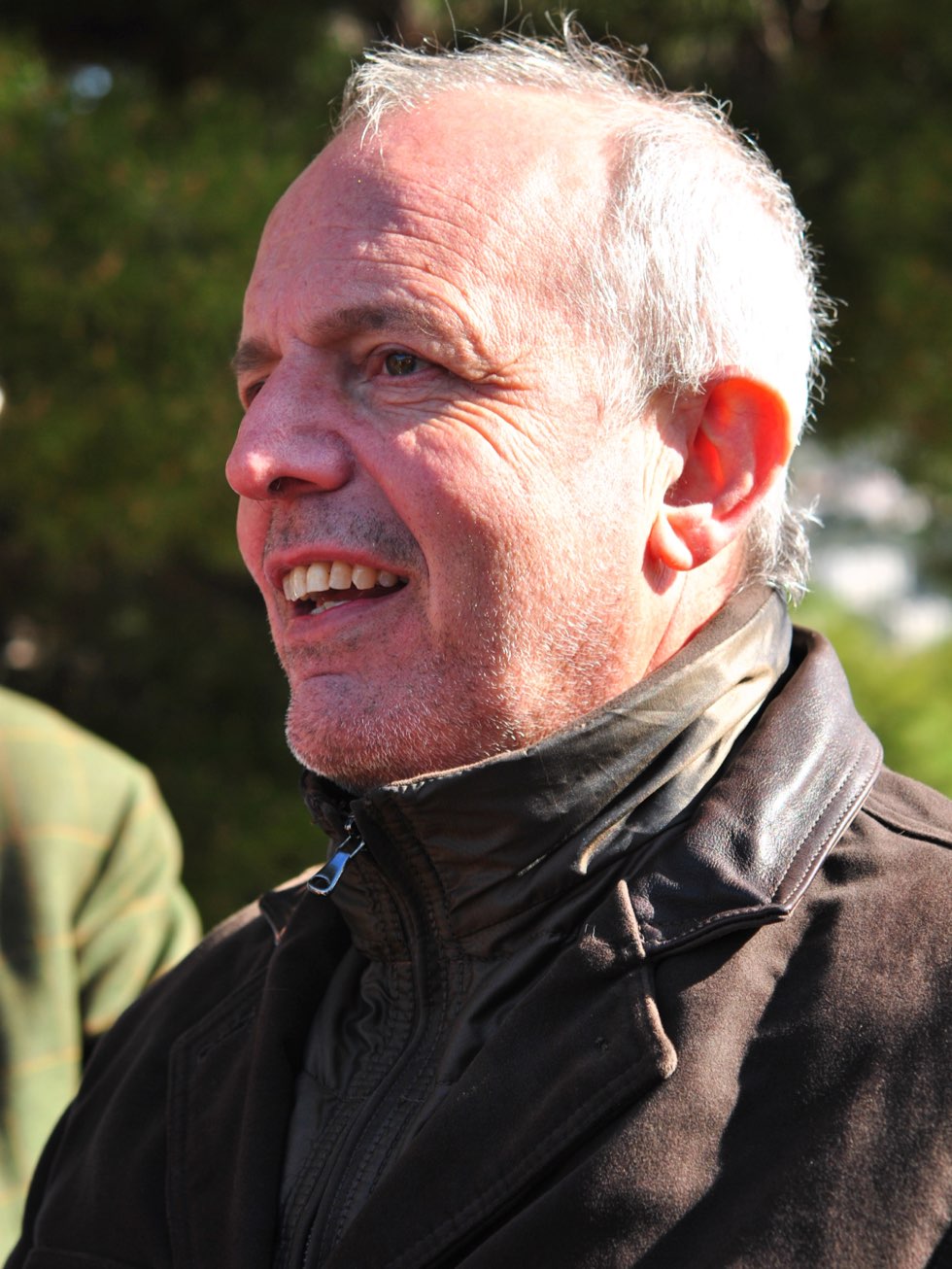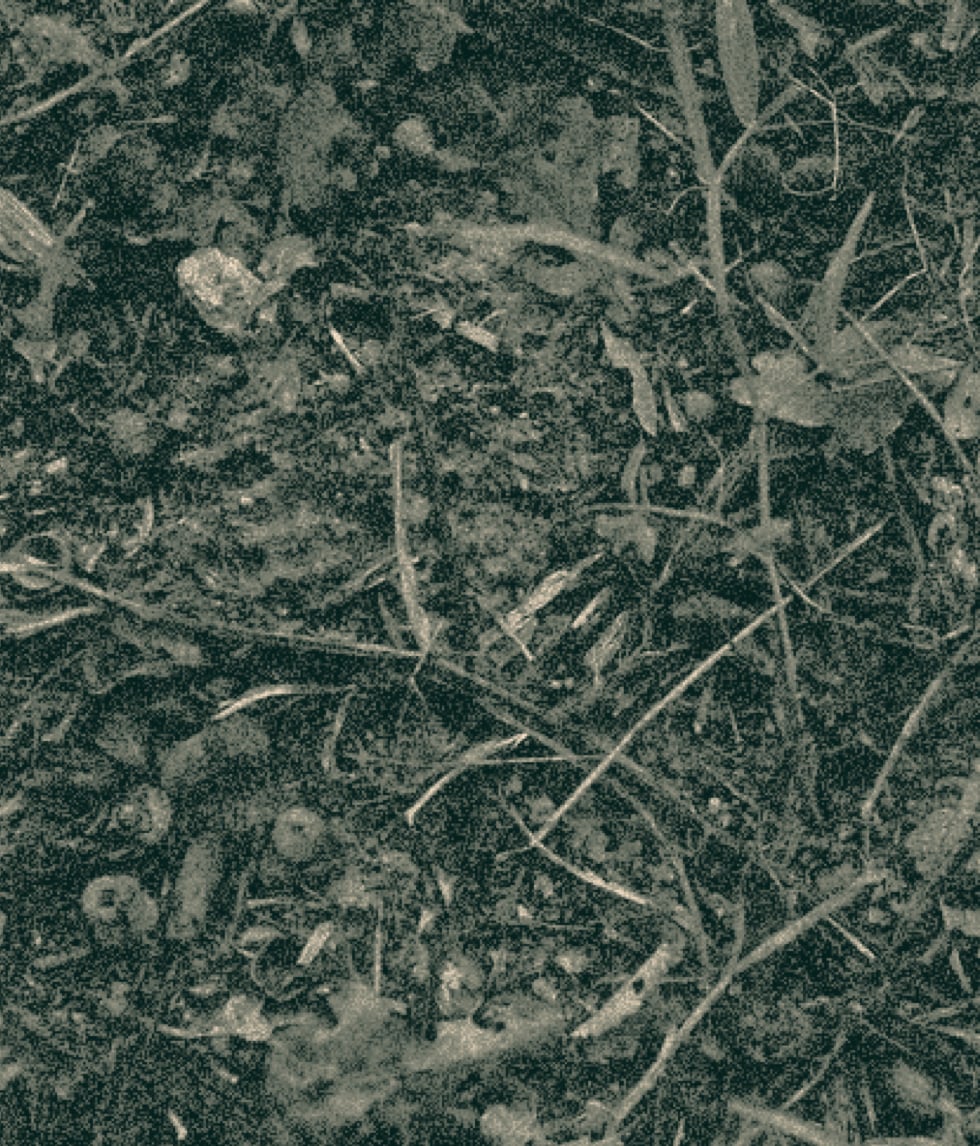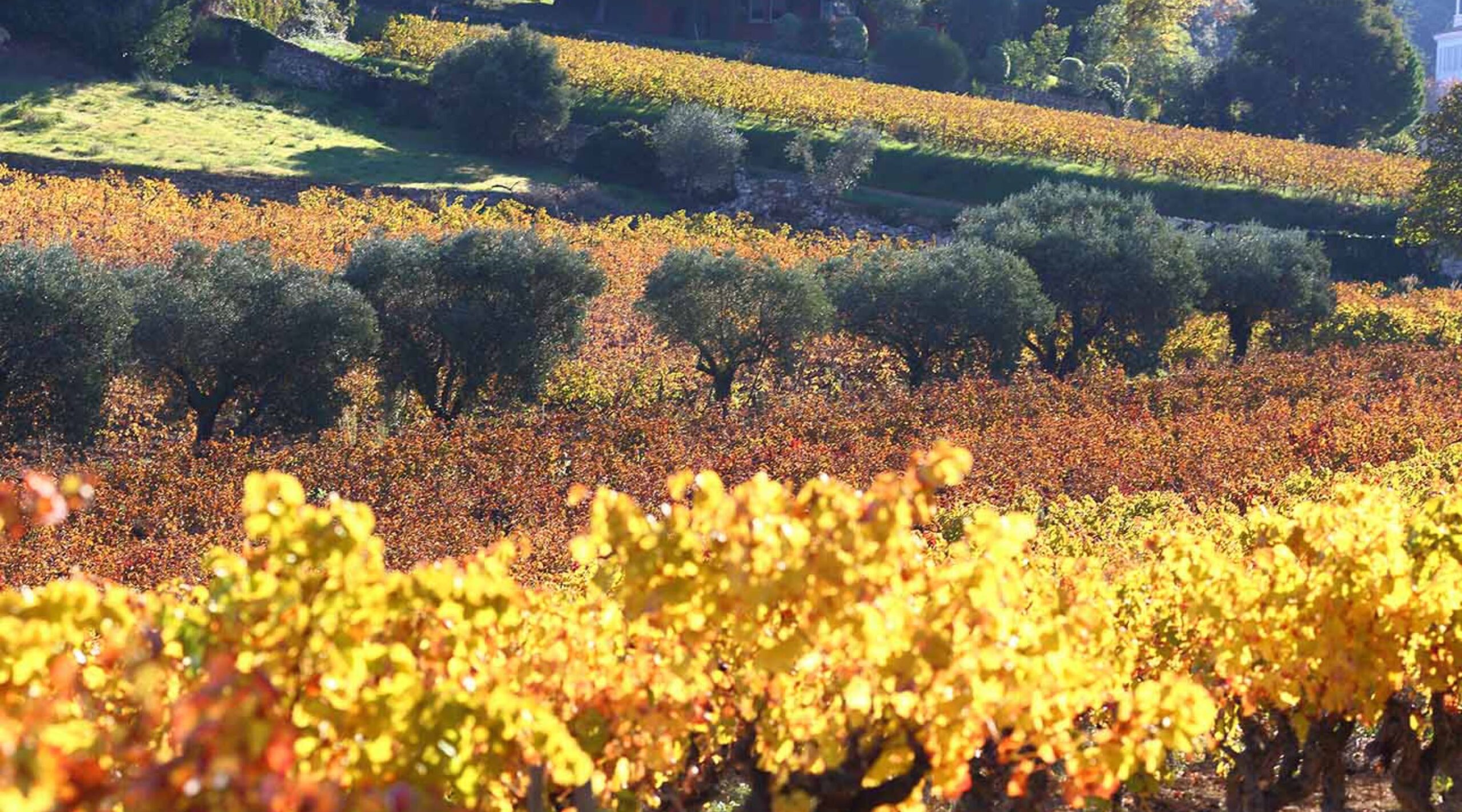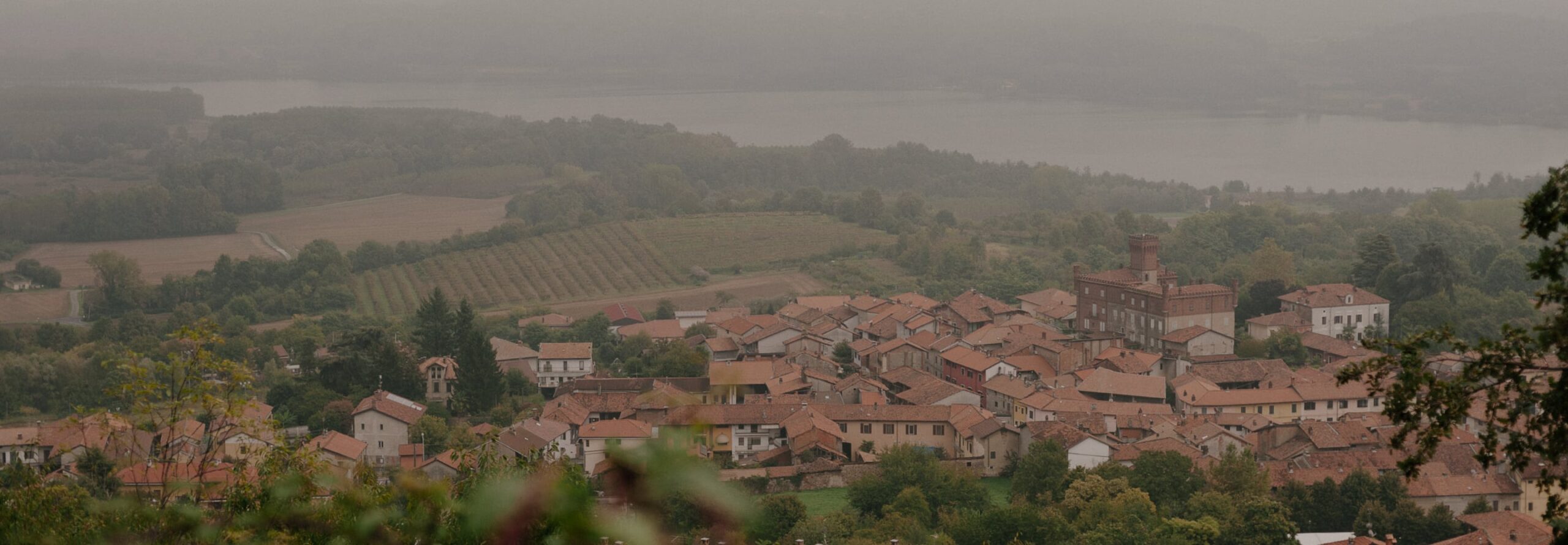Our love affair with this magnificent seven-hectare estate, situated a short walk from the center of the Mediterranean village of Cassis, began in the early 1980s when we first met Claire Lefevre, a vigneronne of great class and character. This was our introduction to an appellation with an ancient history and a magical atmosphere.
Cassis was first planted to the vine in the 12th century and the vineyards were developed on the north, east and southeast slopes that surround the village which sits immediately on a little bay on the Mediterranean; thus, the perfect circumstances for marrying wine to the bounty of the sea! Phylloxera wiped out the vineyards in 1870 but by 1892 the citizens of Cassis had re-established their vineyards but this time without the Muscatel variety.



The domaine sits just beneath the imposing limestone outcropping of Cap Canaille and is a mere 200 meters distance from the shores of the Mediterranean.
We worked together with Madame Lefevre from the early 1980s through the early 1990s when she passed away having reached her mid ‘80s and having generously immersed us in the culture of this small, charming and terribly chic fishing village. We were despondent for losing a good friend but equally saddened because none of her immediate family had the time or the energy to follow in her footsteps. So, the Domaine du Bagnol staggered through a few vintages and eventually was sold.
That, in fact, was a stroke of good fortune for us as we eventually made the acquaintance of the new owner, Jean-Louis Genovesi, a native of Cassis who had departed for Paris and made his fame (and a few centimes as well) in the capital. Jean-Louis and his son, Sébastien, have revived the domaine and the wines, both blanc and rosé, are more compelling than ever. The domaine sits just beneath the imposing limestone outcropping of Cap Canaille and is a mere 200 meters distance from the shores of the Mediterranean. Thus situated, the Domaine du Bagnol is the beneficiary of the cooling winds from the north, northwest and northeast (Tramontane, Mistral and grégal) as well as the gentle sea breezes that come ashore.
Farming
Certified organic by Ecocert since 2014, practicing organic long before. Practicing Biodynamic.
Treatments
Only copper sulfate is used to treat vines
Ploughing
Annual ploughing, working of the soil by tractor
Soils
All three Cassis soils are represented at the domaine: red clay, marl, and Triassic limestone.
Vines
Head-trained vines, averaging over 40-years old, that are replanted on a vine-by-vine basis to maintain a healthy vineyard. All vines are planted from Massale selections.
Yields
Old vines naturally control yields, which are further supressed with debudding.
Harvest
Hand picking in the morning to ensure grapes arrive cool to the cellar, where they are sorted. Harvest runs from the end of August to mid-September, according to the moon.
PURCHASING
Always entirely estate fruit
Fermentation
Red and white wines ferment spontaneously for 2-4 weeks following crushing and total destemming; rosés are inoculated. White and rosé wines ferment in stainless-steel tank; red wines ferment in concrete, with 10% whole cluster.
Extraction
Whites macerate (48 hours) before pressing if the skins are clean. Rosés are pressed directly and do not macerate. Reds macerate for 2 weeks, with both pigeages and remontages.
Chaptalization
None
Pressing
Direct, whole-cluster pressing for rosé wines
PRESS WINE
Gentle pneumatic pressing at .5-.6 bar
Malolactic Fermentation
Reds go through malolactic; sulfur blocks malolactic for whites and rosés
Élevage
White and Rosé wines are raised in stainless-steel tanks, while red wines see 18 months in neutral demi-muids and stainless-steel tanks.
LEeS
All wines spend at least 6 months on their fine lees
FINING & FILTRATION
All wines are fined with bentonite clay, white and rosé wines are plate filtered. Bottling according to the phases of the moon.
SULFUR
Applied at harvest, after fermentation, and at bottling, 100 mg/l total sulfur, 20 mg/l maximum free sulfur at release.



